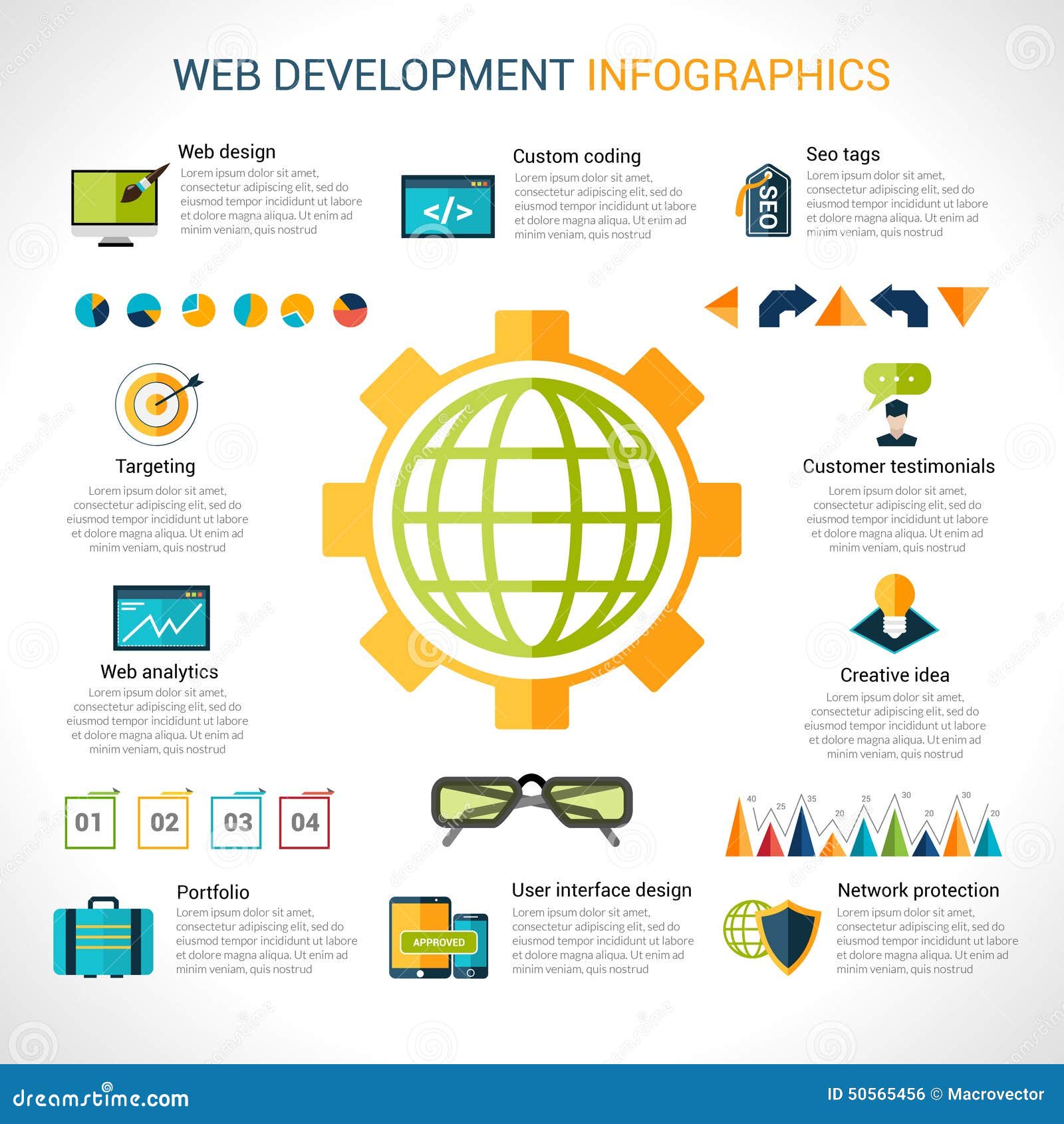The Development Of Website Design: After That And Now
The Development Of Website Design: After That And Now
Blog Article
Write-Up Written By-Kahn Hyldgaard
In the past, web sites were basic and concentrated on information. Navigating was straight, and layout was for desktops. Currently, you could try this out is vital. Information guides layouts for easy navigating. Receptive layouts match different devices. Today, dark setting decreases strain, and minimalist food selections enhance navigation. Interactive functions involve users, and vibrant visuals stick out. AI integration increases involvement. See how layout has actually advanced to improve your on the internet journey.
Early Days of Web Design
In the very early days of website design, simplicity reigned supreme. Websites were standard, with restricted colors, typefaces, and formats. The emphasis was on offering info as opposed to flashy visuals. why not look here accessed the internet with slow-moving dial-up links, so rate and performance were crucial.
Navigating food selections were straightforward, commonly located at the top or side of the web page. Sites were designed for home computer, as mobile browsing wasn't yet widespread. Content was king, and developers focused on simple readability over complicated design components.
HTML was the main coding language used, and designers needed to work within its restraints. Animations and interactive features were minimal compared to today's requirements. Web sites were fixed, with little vibrant content or individualized individual experiences.
Surge of User-Focused Design
With the advancement of internet site style, a change in the direction of user-focused style principles has actually become progressively famous. Today, producing sites that focus on individual experience is essential for involving visitors and achieving company objectives. User-focused design involves comprehending the requirements, choices, and actions of your target market to tailor the internet site's design, content, and includes accordingly.
Designers now carry out complete research, such as customer surveys and functionality testing, to collect understandings and responses straight from customers. This data-driven technique helps in producing instinctive navigating, clear calls-to-action, and aesthetically enticing user interfaces that resonate with site visitors. By placing the user at the facility of the style process, web sites can deliver an extra individualized and delightful experience.
Responsive design has additionally become a vital aspect of user-focused style, ensuring that websites are optimized for different tools and display dimensions. This flexibility boosts availability and functionality, accommodating the varied ways users communicate with web sites today. Fundamentally, the surge of user-focused layout signifies a change in the direction of developing digital experiences that focus on the requirements and assumptions of the end individual.
Modern Trends in Website Design
Check out the most recent trends forming web design today. One prominent pattern is dark mode layout, providing a sleek and modern-day appearance while lowering eye stress in low-light environments. An additional key pattern is minimal navigating, simplifying menus and boosting individual experience by focusing on essential elements. Incorporating micro-interactions, such as animated buttons or scrolling results, can create a more appealing and interactive site. Responsive design continues to be essential, ensuring smooth user experiences across different gadgets. Furthermore, utilizing vibrant typography and asymmetrical formats can add aesthetic passion and accentuate particular web content.
Integrating AI modern technology, like chatbots for client assistance or tailored suggestions, improves individual involvement and improves processes. Accessibility has likewise become a considerable fad, with designers focusing on inclusive design methods to accommodate diverse user requirements. Welcoming sustainability by maximizing site performance for rate and effectiveness is an additional emerging fad in website design. Teaming up with individual feedback and data analytics to iterate and enhance layout constantly is crucial for remaining relevant in the ever-evolving electronic landscape. By embracing these contemporary trends, you can create a visually attractive, user-friendly internet site that resonates with your audience.
Final thought
As you assess the advancement of website style from the very early days to currently, you can see just how user-focused layout has become the driving force behind contemporary patterns.
Welcome the trip of change and adjustment in web design, constantly keeping the user experience at the leading edge.
Tippingpointdigital
Remain current with the latest fads and innovations, and never stop advancing your strategy to produce visually stunning and user-friendly sites.
Evolve, adapt, and create - the future of web design is in your hands.
